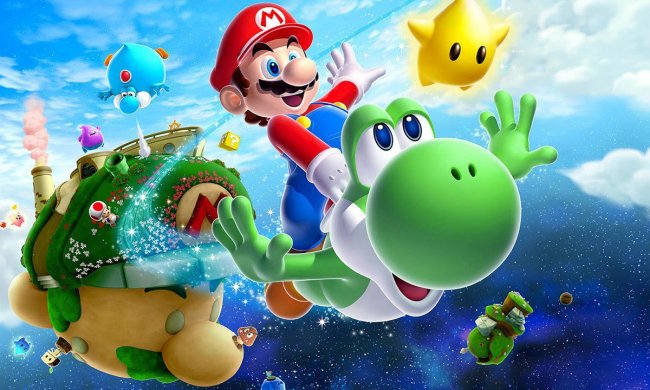
Pokémon is one of the most successful video game franchises of all time. With a history spanning nearly 30 years, there are a lot of Pokémon games that you can pick up and play — but where do you start? Unless you’re a Pokémon professor, it might be tough finding the right game to play.
Do you want to just play every game in the order that they were released? Or are you looking to play them in a (loose) chronological order? We’re here to help you out.
All Pokémon games in release order

Here are all of the released mainline Pokémon and U.S. release dates. To simplify things, we’ve grouped same-generation expansions that came out in different years but were directly linked. We’re also including remakes here, as many are improved enough to be considered completely new games worth revisiting separately.
- Pokémon Red, Blue, Green, and Yellow (1998-1999)
- Pokémon Gold, Silver, and Crystal (2000-2001)
- Pokémon Ruby, Sapphire, and Emerald (2003-2005)
- Pokémon FireRed and LeafGreen (2004)
- Pokémon Diamond, Pearl, and Platinum (2007-2009)
- Pokémon HeartGold and SoulSilver (2010)
- Pokémon Black and White (2011)
- Pokémon Black 2 and White 2 (2012)
- Pokémon X and Y (2013)
- Pokémon Omega Ruby and Alpha Sapphire (2014)
- Pokémon Sun and Moon (2016)
- Pokémon Ultra Sun and Ultra Moon (2017)
- Pokémon Let’s Go, Pikachu! and Let’s Go, Eevee! (2018)
- Pokémon Sword and Shield (2019)
- Pokémon Brilliant Diamond and Shining Pearl (2021)
- Pokémon Legends: Arceus (2022)
- Pokémon Scarlet and Violet (2022)
- Pokémon Legends: Z-A (2025)
All Pokémon games in chronological order

Pokémon games have never focused too much on a linear timeline. While the games reference each other, each game is in its own little world for the most part — some characters might reappear, some history lesson may be taught, but you don’t need to know exactly where you sit in the Pokémon universe.
The Pokémon community loves batting around timeline theories, but there is once piece of evidence that suggests there is some sort of official timeline. In 2014 in a now-deleted tweet, one of Game Freak’s head writers laid out the basic timeline of the first six generations of Pokémon games. That’s what we’re going to base the timeline below on.
We’re not going to include remakes here, since they happen at the same time as the original entries in the series. And there aren’t a lot of timestamps in the Pokémon universe, so no in-game dates for these games (although we’ll try to provide context when possible).
- Pokemon Legends: Arceus
- Pokémon Red, Blue, Green, and Yellow
- Pokémon Ruby, Sapphire, and Emerald (According to the timeline mentioned above, the events of the first and third generations happen at the same time.)
- Pokémon Gold, Silver, and Crystal (These games take place three years after the events of Pokémon Red, Blue, Green and Yellow.)
- Pokémon Diamond, Pearl, and Platinum
- Pokémon Black and White
- Pokémon Black 2 and White 2 (These games take place about two years after the previous entries.)
- Pokémon X and Y (It’s believed that these games happen alongside Black 2 and White 2, although there are theories that they take place in a different universe of sorts because of Mega Evolution.)
- Pokémon Sun and Moon (These games feature a few characters from Pokémon X and Y and Pokémon Red, Blue, Green, and Yellow, but ages are never referenced directly.)
- Pokémon Sword and Shield (This game has zero references to other Pokémon titles and is almost a soft reboot of the series. New technology suggests that it happens later than other games, although some believe it’s set in a different universe altogether.)
- Pokémon Scarlet and Violet (These games also have an unclear place in the Pokémon timeline right now, although a lot of fans believe they happen simeltaneously with Pokémon Sword and Shield.)
That’s the Pokémon timeline as tight as it exists right now. You can certainly play the games in this order and get the feel that time and space is moving forward, even if all the plots don’t line up perfectly.



